Master bathroom/bedroom humidity question
Kyle McGilligan-Bentin
last year
Featured Answer
Sort by:Oldest
Comments (52)
Austin Air Companie
last yearKyle McGilligan-Bentin
last yearRelated Discussions
Bathroom sinks/vanity are IN bedroom, not bathroom- HUH?
Comments (30)My parents house is like that, but there’s a wall with a wide doorway into the area with the vanity, so it’s open but also easy to close off by just putting a curtain rail up. It’s also oriented to the room such that if you only use enough light at the vanity to wash your hands for a midnight potty run, it really isn’t enough to bother someone in the bed if you place the bed sensibly. Getting ready in the morning would be trickier if you needed to do makeup and so on so needed proper lighting, so that’s where a screen or a curtain would come in....See MoreMaster Bedroom, Bathroom and Closet too small?
Comments (27)When you build with the WOW and 4k square feet, (which sounds like a lot but is not ) . It is NOT when you give starring role /NEARLY five hundred sq ft of it to a great room in front of the entry. Another couple hundred to a "hearth" area ......and what will happen here is nobody will actually gather in the great room, the fire will be the traffic stopper. Then you give each of three bedrooms a "walk in " closet. etc Result? you are left with the master suite that seems ( is) out of scale to the wow in the middle. Also small scale kid/guest bedrooms. The only answer to this plan is to lose a chunk of the "covered porch" square off the kitchen corner, bump the master suite to flush with the kitchen exterior wall.Change the window, to two on the covered porch wall and center the bed between. Plan to lose the tub for a decent shower too. Adjust bath and closet , center the entry to those with a right and left side for each. Anything else requires a total overhaul of the plan. That would mean a second story with two beds and baths on a second floor. ..........a completely different house. But this much under roof on one floor, with allocation to functions as is ? Yup......this is what you get Bump the master suite....or build something else.. ( square off that breakfast nook in any scenario.)...See MoreNo More Master Bedrooms Or Master Bathrooms In Houston
Comments (25)Might be better Jen, to say what you are doing to make a difference. I moved from a predominantly white SoCal area to Waco a few years ago. Which from what I see is a community that works together, no matter who you are. Besides donating things I don’t need instead of using ebay or a yard sale I have found a unique way to help others. Out here in Texas we have a feral hog problem. We have farmland that the hogs will destroy and eat any food crop planted. I donate hogs to a community to help them out. It takes hard work to get the hogs there, but when I pull up I get everyone running over to my truck and I usually get a nice cold beer out if it. Not a big deal, but I’m always thinking of ways to help out others. That and the three renters I have. I cut their rents in half for 3 months due to Covid, This was back in March, I thought I needed to help others. And I guess I should say 2 of the 3 renters are minorities, although I never considered or Thought about it until now. Didn’t ask if they were affected, just did it. If anyone would like to see my YouTube channel let me know......but don’t go all staxi on me if you don’t like it....See MoreMaster bedroom/bathroom layout
Comments (8)We did work with an architect! And we definitely didn’t intend for it to be that large...it was a last minute charge because the vaulted ceilings and exposed beams would have been cut in half and looked off center and had a slanted ceiling if we didn’t do front to back room. These are great suggestions!...See MoreCharles Ross Homes
last yearKyle McGilligan-Bentin
last yearAustin Air Companie
last yearCharles Ross Homes
last yearKyle McGilligan-Bentin
last yearCharles Ross Homes
last yearKyle McGilligan-Bentin
last yearCharles Ross Homes
last yearKyle McGilligan-Bentin
last yearCharles Ross Homes
last yearKyle McGilligan-Bentin
last yearCharles Ross Homes
last yearKyle McGilligan-Bentin
last yearCharles Ross Homes
last yearKyle McGilligan-Bentin
last yearCharles Ross Homes
last yearKyle McGilligan-Bentin
last yearCharles Ross Homes
last yearKyle McGilligan-Bentin
last yearCharles Ross Homes
last yearKyle McGilligan-Bentin
last yearCharles Ross Homes
last yearAustin Air Companie
last yearKyle McGilligan-Bentin
last yearBobH
last yearCharles Ross Homes
last yearlast modified: last yearKyle McGilligan-Bentin
last yearCharles Ross Homes
last yearAustin Air Companie
last yearKyle McGilligan-Bentin
last yearKyle McGilligan-Bentin
last yearCharles Ross Homes
last yearKyle McGilligan-Bentin
last yearCharles Ross Homes
last yearlast modified: last yearKyle McGilligan-Bentin
last yearcatbuilder
last yearKyle McGilligan-Bentin
last yearcatbuilder
last yearKyle McGilligan-Bentin
last yearAustin Air Companie
last yearCharles Ross Homes
last yeardadoes
last yearAustin Air Companie
last yearCharles Ross Homes
last yearAustin Air Companie
last yearCharles Ross Homes
last yearAustin Air Companie
last year
Related Stories
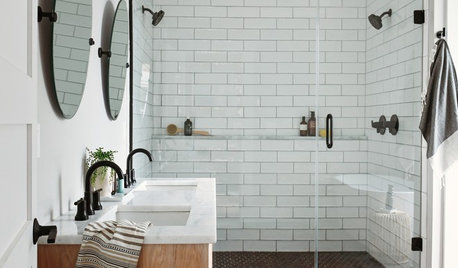
BATHROOM OF THE WEEKBathroom of the Week: A New Master Bath in Black and White
In Pennsylvania, a bedroom is converted into a bright, airy and budget-friendly bathroom
Full Story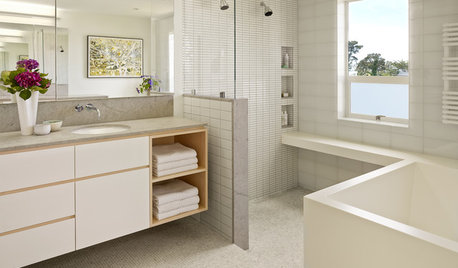
BATHROOM DESIGNRoom of the Day: Geometry Rules in a Modern Master Bathroom
Careful planning pays off in this clean-lined bathroom with his-and-her vanities, a semiopen shower and a soaking tub
Full Story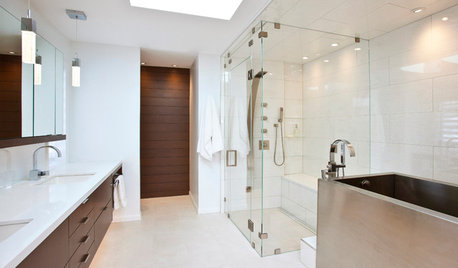
BATHROOM DESIGNRoom of the Day: New Layout, More Light Let Master Bathroom Breathe
A clever rearrangement, a new skylight and some borrowed space make all the difference in this room
Full Story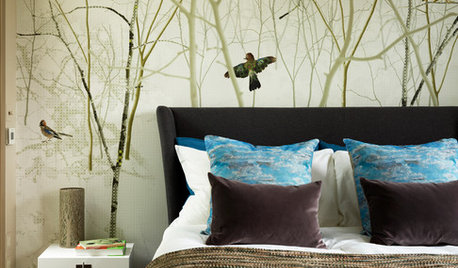
BEDROOMSInside Houzz: A Guide to Updating Your Master Bedroom
Using data from a new Houzz survey, we share how you can better navigate the task of tackling a bedroom project
Full Story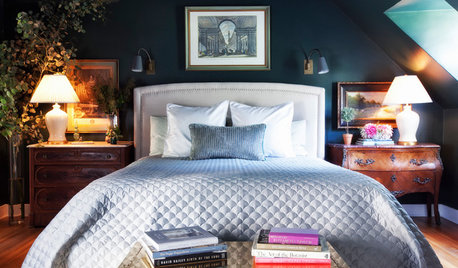
DECORATING GUIDESRoom of the Day: Going Moody in the Master Bedroom
Dark paint and antiques mix with newer pieces and light bedding for a sleeping space that appeals to him and her
Full Story
BEDROOMSThe Cure for Houzz Envy: Master Bedroom Touches Anyone Can Do
Make your bedroom a serene dream with easy moves that won’t give your bank account nightmares
Full Story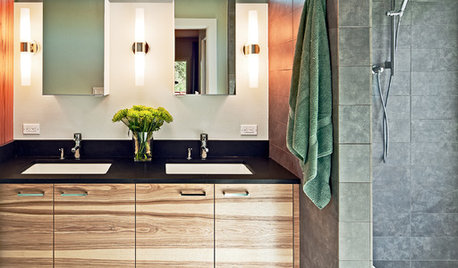
BATHROOM DESIGNA Designer Shares Her Master-Bathroom Wish List
She's planning her own renovation and daydreaming about what to include. What amenities are must-haves in your remodel or new build?
Full Story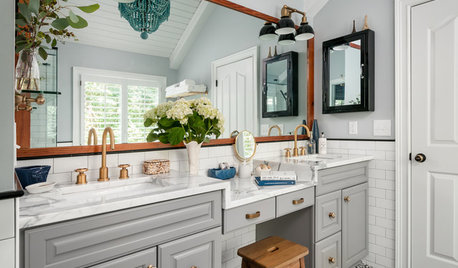
BATHROOM MAKEOVERSWhat I Learned From My Master Bathroom Renovation
Houzz writer Becky Harris lived through her own remodel recently. She shares what it was like and gives her top tips
Full Story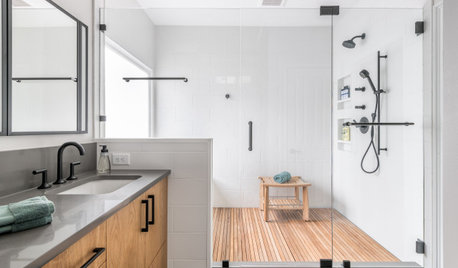
BATHROOM DESIGNBathroom of the Week: Clean Modern Style for a Master Bath
Designers transform a dated bathroom into a spa-like space with a better layout and new fixtures, finishes and storage
Full Story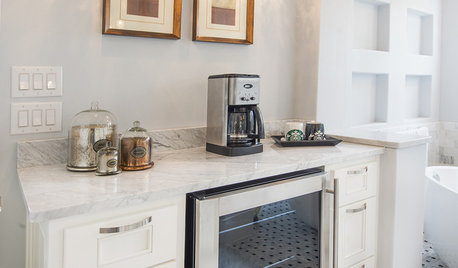
BATHROOM DESIGNUpload of the Day: A Mini Fridge in the Master Bathroom? Yes, Please!
Talk about convenience. Better yet, get it yourself after being inspired by this Texas bath
Full Story


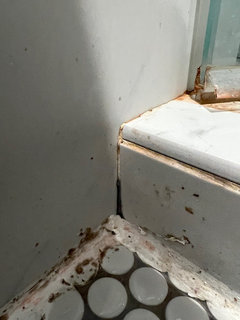
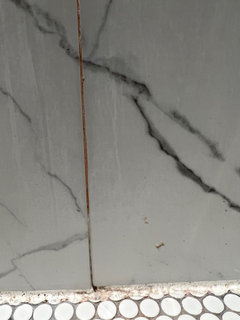
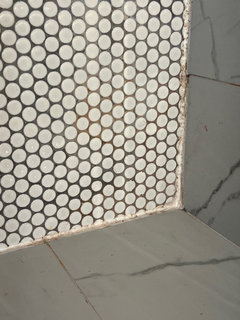
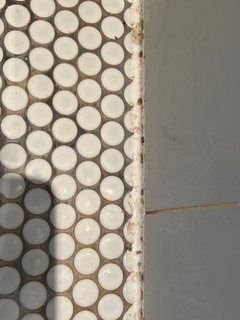
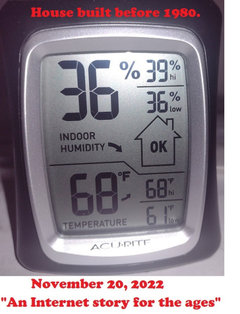

Austin Air Companie